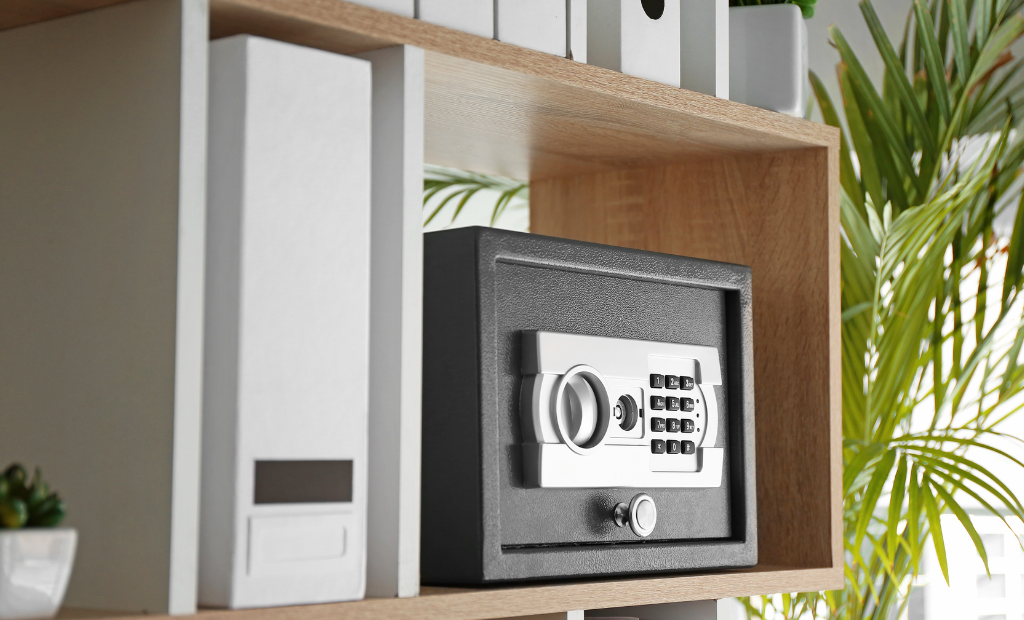In an ever-changing world where security concerns are paramount, safeguarding our valuables and important documents has become a top priority for many. This has led to a growing interest in personal safes among homeowners and businesses alike. Whether you’re looking to protect cash, jewelry, important documents, or firearms, investing in a safe is a wise decision. However, for first time safe buyers, navigating the complex world of safes can be daunting. To help you make an informed choice, we’ve compiled 10 expert tips that will guide you in selecting the perfect safe for your needs.
Understanding Your Needs
Before you start shopping for a safe, it’s crucial to understand exactly what you need to protect. Consider the types of items you plan to store in the safe – from documents and jewelry to firearms and electronic devices. Make a comprehensive list to get a clear idea of the size and capacity required. Additionally, think about your future needs. Your safe should be able to accommodate new valuables or documents that you might acquire over time.
Types of Safes
Safes come in various types, each designed to meet specific security needs. Home safes are ideal for residential use, while security safes are suitable for businesses and commercial settings. You’ll also need to decide between fire-resistant and burglar-resistant safes, as well as between wall-mounted and freestanding safes. Each type has its advantages and disadvantages, so choose one that aligns with your requirements.
Locking Mechanisms
The type of locking mechanism you choose for your safe plays a critical role in its security. There are several options available, including traditional combination locks, electronic keypad locks, and biometric fingerprint recognition. Some safes even come with dual-lock systems for added security. Each locking mechanism has its pros and cons, so it’s essential to understand how they work and select the one that best suits your preferences and lifestyle.
Fire Resistance
When it comes to safeguarding documents and valuables, fire resistance is a crucial consideration. Safes are rated based on their ability to withstand fire, and these ratings determine how long the safe can protect its contents in the event of a fire. Understanding fire-resistant ratings and the UL classifications can help you choose a safe that meets your specific fire protection needs.
Security Ratings
Apart from fire resistance, security ratings are equally important for protecting your valuables from theft. Various organizations, such as Underwriters Laboratories (UL), provide security ratings that indicate a safe’s level of protection against break-ins. Investing in a safe with a high security rating can significantly enhance your peace of mind.
Installation and Placement
Selecting the right location for your safe is crucial. While a safe can offer excellent protection, its effectiveness depends on where and how it’s installed. Consider a location that is discreet but easily accessible to you. Bolting down your safe to the floor or wall can prevent thieves from simply walking away with it. Concealing the safe behind furniture or in a closet can further deter potential burglars.
Budget Considerations
Setting a realistic budget is essential when shopping for a safe. Safes come in a wide range of prices, so it’s important to determine how much you’re willing to invest. While budget-friendly options exist, it’s essential to strike a balance between cost and security features. Keep in mind that investing in a high-quality safe is a long-term commitment that can pay off in the event of a burglary or fire.
Research and Brand Reliability
Before making a purchase, it’s wise to conduct thorough research on reputable safe brands. Look for brands with a proven track record of producing high-quality safes. Reading customer reviews and testimonials can provide valuable insights into the experiences of other first-time safe buyers. Additionally, don’t hesitate to seek advice from experts in the field, such as locksmiths or security professionals, to ensure you make an informed decision.
Maintenance and Accessibility
Once you’ve acquired your safe, proper maintenance is essential to ensure it continues to function correctly. Regularly inspect your safe to check for any signs of wear or malfunction. Ensure that you can easily access the safe while maintaining its security. Some safes come with features that allow you to change the combination or access codes periodically, which is a good security practice.
Make Your Secure Choice
In conclusion, investing in a safe is a crucial step in safeguarding your valuables and important documents. For first time safe buyers, the process can seem overwhelming, but with the right knowledge, you can make an informed decision. By understanding your needs, selecting the appropriate type of safe, choosing the right locking mechanism, and considering factors like fire resistance, security ratings, installation, budget, and brand reliability, you can ensure that your valuables remain secure.
Remember, a safe is an investment in your peace of mind. So, take your time, do your research, and consult with experts if necessary. With these 10 expert tips, you’ll be well-equipped to make a secure choice for your security needs.

Moran Eliezer is the visionary founder of AAA Mega Locksmiths, a trusted name in Coral Springs, FL, and surrounding communities including Coconut Creek, Margate, and Pompano Beach. With over 15 years of hands-on experience, Moran merges traditional locksmithing with modern solutions, ensuring every lock is robust and customer-focused. From residential security to commercial systems and automotive lock issues, Moran’s unwavering commitment to affordability, integrity, and customer satisfaction has solidified AAA Mega Locksmiths’ reputation. His forward-thinking approach, including cutting-edge technologies, keeps the company at the industry’s forefront. Whether responding to emergency lockouts or installing high-security systems, Moran’s meticulous attention to detail assures clients their needs are met with precision and care. As a family-owned business, AAA Mega Locksmiths reflects Moran’s philosophy of trust, reliability, and personalized service—qualities that define him as an authority in locksmith solutions.

